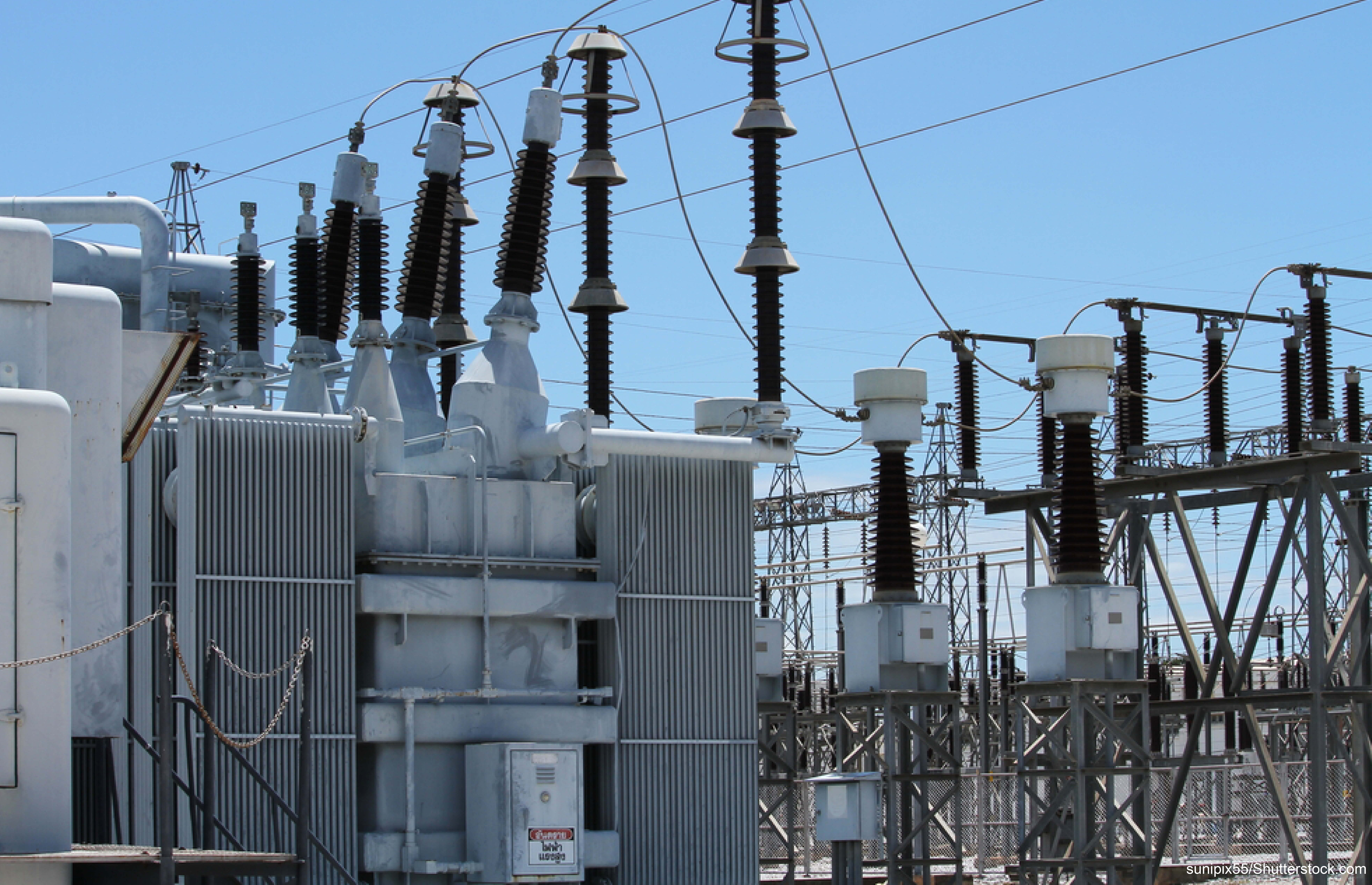Why Ohio and other states should win legal fight against Clean Power Plan, despite recent setback
Jan 23, 2016
The fight against federal carbon dioxide regulations (the “Clean Power Plan”) was dealt a blow on Thursday (January 22) when the D.C. Circuit Court of Appeals declined to halt implementation while the Court determines the legality of the regulations. The Obama Administration may be pleased temporarily, but opponents should not despair. This minor setback matters little in the long game that is the legal challenge.
Law and evidence still points to a victory for affordable and reliable electricity, and a loss for the President’s misguided ambition to have the federal government usurp powers that clearly belong to the states. Ohio Attorney General Mike DeWine recently won a federal appeals court victory that brought a halt to a similarly overreaching power grab on environmental regulation of water. The water case matters enormously because the same legal issues are involved. What doomed that Clean Water Rule case should eventually do the same to the administration’s Clean Power Plan.
Obama’s dream is that these two monumental environmental policies will define his second term. But a coalition of 27 states, many companies and other interested parties (including The Buckeye Institute) have sued in court to preserve state sovereignty and affordable electricity. At stake is nothing less than the fundamental balance of power between the states and the federal government.
In this article, I explain how the water and air regulations are connected in a legal sense and why they are both likely to be rejected when the outcome is settled, probably in 2017 at the U.S. Supreme Court.
Ohio led a 17-state legal fight to deep freeze Obama’s Clean Water Rule before it was implemented. Our state won a stay stopping implementation of the water rule on October 9, 2015. The three key arguments that stopped the Clean Water Rule apply equally as well to the Clean Power Plan.
First, the Clean Water Rule tried to expand the Environmental Protection Agency’s (EPA) jurisdiction beyond the limits of legislation, the Clean Water Act. This jurisdictional overreach upsets a well-established balance of power between the states and the federal government.
The same is overwhelmingly true of the Clean Power Plan. The EPA’s attempt to expand federal power hinges on a single word – “system” – in an obscure section of the Clean Air Act. Put simply, the EPA claims that the entire national electric grid is one “system” over which it has authority.
Not only is this interpretation far more expansive than the Agency has ever claimed in the 50-plus year history of the Clean Air Act, but it clearly violates the Federal Power Act, which granted states’ authority over retail energy markets in 1935.
Second, the EPA wrote the Clean Water Rule in a way that explicitly contradicts a prior Supreme Court opinion. The Supreme Court restricted the Agency’s jurisdiction to waters that have a “substantial nexus” to navigable waters. The new rule tried to give EPA authority over such things as seasonal drainage ditches (i.e., puddles) whose nexus with navigable waters is hardly “substantial.”
Likewise for the Clean Power Plan. The regulation flies in the face of Justice Antonin Scalia’s 2014 ruling on greenhouse gas regulation: “When an agency claims to discover in a long-extant statute an unheralded power to regulate ‘a significant portion of the American economy,’ we typically greet its announcement with a measure of skepticism.”
Nothing is long-extant if not section 111(d) of the Clean Air Act, a 298-word section of the law that the Agency has only used to write regulations five times since 1970. The EPA wants to use this snippet of law to control the entire national electricity grid, a decidedly “significant portion of the American economy.”
Finally, the appeals court agreed that the Administration engaged in an improper rulemaking process for the Clean Water Rule. The public comment period for the proposed rule didn’t include the specific distance limitations defining what constitutes a “substantial nexus” to navigable waters, for example. Further, the final distance limits were not specifically supported by scientific evidence.
This finding mirrors flaws in the Clean Power Plan. The EPA set emission reduction goals for each state and solicited comments from the public. Then, the EPA drastically changed the numbers in the final rule. Ohio’s carbon dioxide emissions reduction target increased from 28% to 37%. Ohio never knew the EPA was considering hiking our target that high, so we never got a chance to comment or challenge the regulation dropped on us.
The Buckeye Institute and the State of Ohio are now part of a large coalition that is litigating against this federal overreach. Oral arguments will take place June 2, and although the D.C. Circuit denied the stay, it agreed to expedite the case.
No one has a crystal ball, but the recent Clean Water Rule victory is evidence that a decisive win in the Clean Power Plan lawsuit is likely. The Supreme Court may decide on the case before state compliance plans are due, so the prudent course of action is for states – Ohio included – to not commit to costly compliance until the case is resolved in the nation’s highest court.

